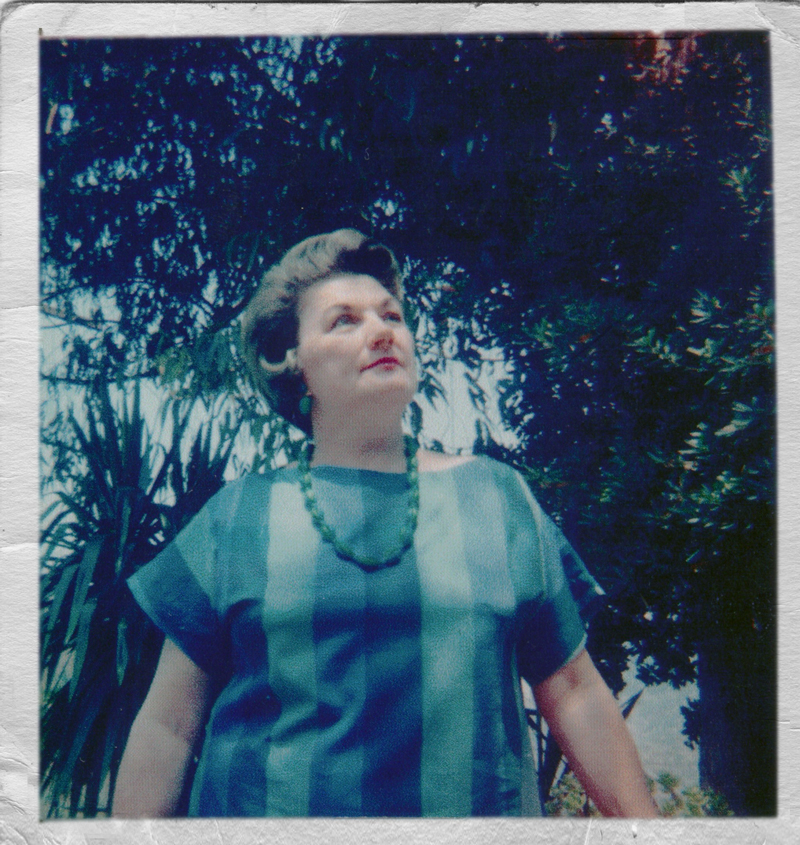
Phyllis Tanner. Image courtesy of Jennifer Stone.
Creativity is messy. By necessity, it is not clear, clean, and ordered. We attempt to clarify it and create contracts for our clients with defined phases and steps. We tell each other that a robust research phase will lead to percipient concepts, which then succeed through painstaking exploration and refinement. But, there have been many times when I conceived of the solution at the first meeting with the client. Creativity does not follow an undeviating and linear line. The concept of ownership in this context is even more oblique. Who is responsible for the idea, execution, and result is rarely overt. If I own the agency, my name is on the credits. But, this does not negate that every project is the result of collaboration.
Recently, Jennifer Stone, an Associate Partner at Robert A.M. Stern Architects, shared a collection of artifacts from Phyllis Tanner, her great aunt. Tanner was born in Toledo, Ohio in 1918. She attended Pratt Institute in Brooklyn and like many of the industries leaders, moved to Los Angeles following World War II. In 1954, she moved into a studio with Saul Bass, who had recently started his own business. She collaborated with Saul until the late 1960s. The collection includes work created for a range of projects from the poster for Bonjour Tristesse to the Lawry’s doggie bag (genius).
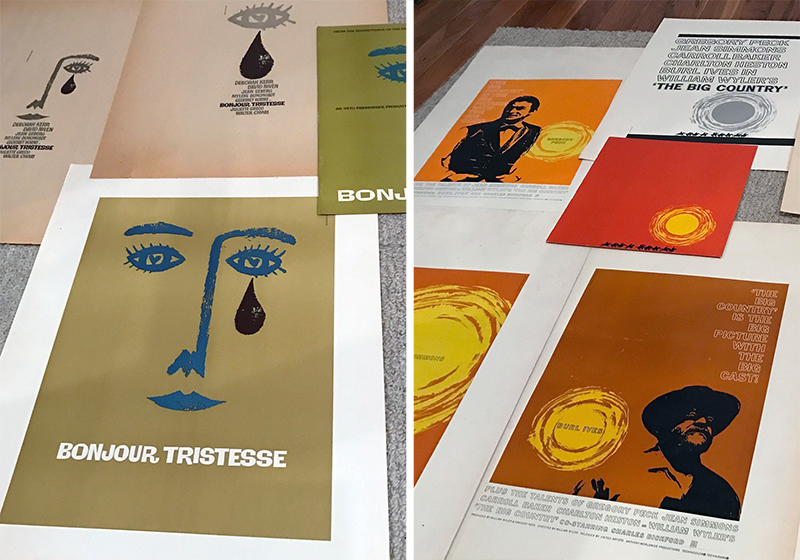
Left: Posters and ads for Bonjour Tristesse, Otto Preminger, 1958
Right: Posters and ads for The Big Country, William Wyler, 1958
All images from the collection of Jennifer Stone

Sketches for posters, Anatomy of a Murder, Otto Preminger, 1959
What is immediately conspicuous is not only the individual design solutions; it is the paper. It is the physicality of the compositions. The projects are layered with tissues and acetate overlays, handwritten notes to the printer, color swatches, and pieces of tape. The edges are yellowed and torn. For those designers of a certain age (older), these artifacts are recognizable and sentimental. They are the sketches, production mechanicals and marker comps for presentations or printing. Tanner saved these items and assigned them weight and value. It is a testament to the power of a thing created by hand.
Tanner’s involvement in these projects falls into that oblique area of collaboration. As a woman in a fiercely competitive industry in the 1950s and 60s, Tanner was often not given credit for work or passed over on the better projects. By the late 1960s, Tanner, frustrated as the firm expanded and the office politics grew more Byzantine, left Bass and struck out on her own. She continued to produce beautiful work and was committed to help other women succeed in the business, giving the advice, “It is a cut-throat business. Be good at negotiating. It is not just about ART.”
Fifty years later, we are left to search along the edges for her contributions. What was her role on the work for The Man With The Golden Arm? Did she draw the studies for Anatomy of a Murder? How much and specifically what she contributed is impossible to discern. It is not the issue here. To attempt to dissect and deconstruct the specifics of credit is a distraction from the appreciation of the work. It exists today and was created with either Tanner’s contribution, or because she chose to archive the materials. This gift allows us to see the registration marks on the Saint Joan artwork and the acetate overlay on the Western Sheep title card. The pieces are evidence of creativity’s raw, human, and magnificent reality.

Art and production mechanicals for Saint Joan, Otto Preminger, 1957

Menu and Doggy Bags, Lawry’s The Prime Rib Restaurant, 1965
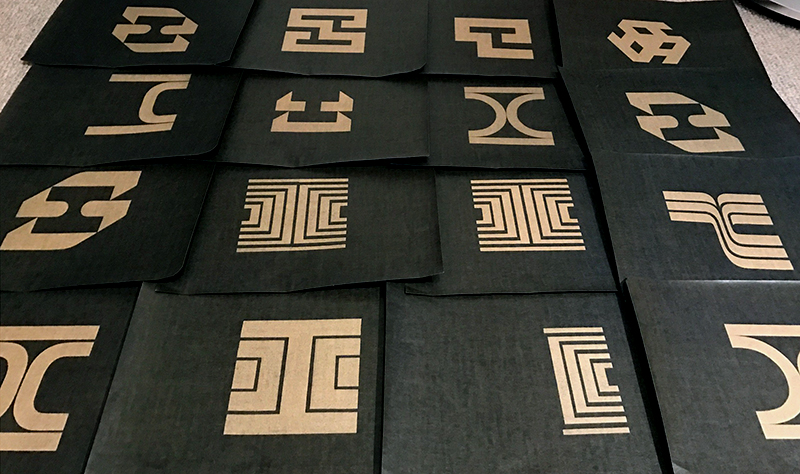
Identity explorations, possibly Tavris Insurance, 1959
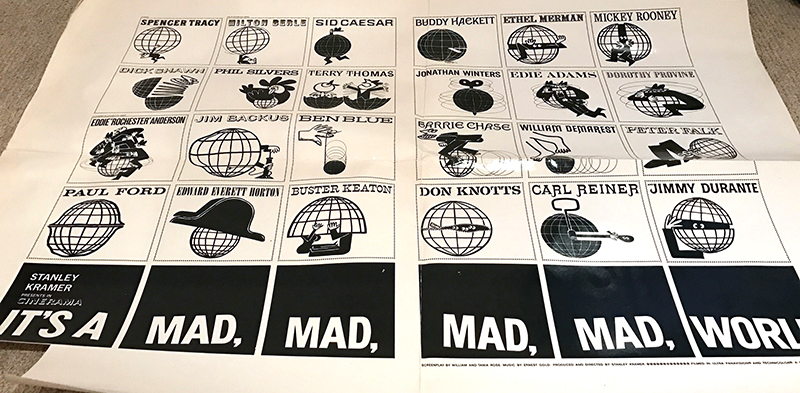
Advertising It's a Mad, Mad, Mad, Mad World, Stanley Kramer, 1963.
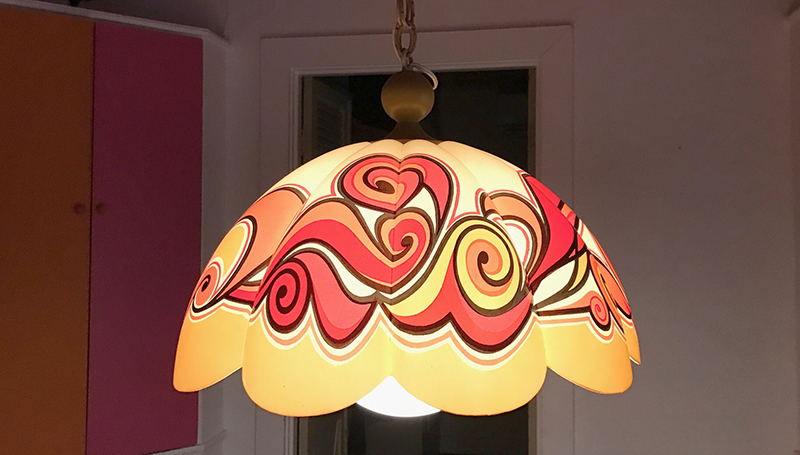
Lampshade.
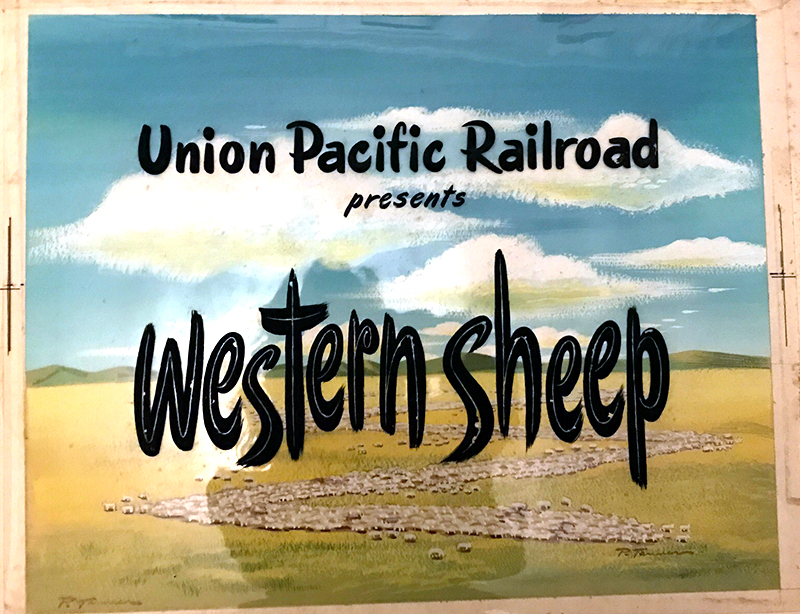
Art and production mechanicals for Western Sheep, Union Pacific Railroad
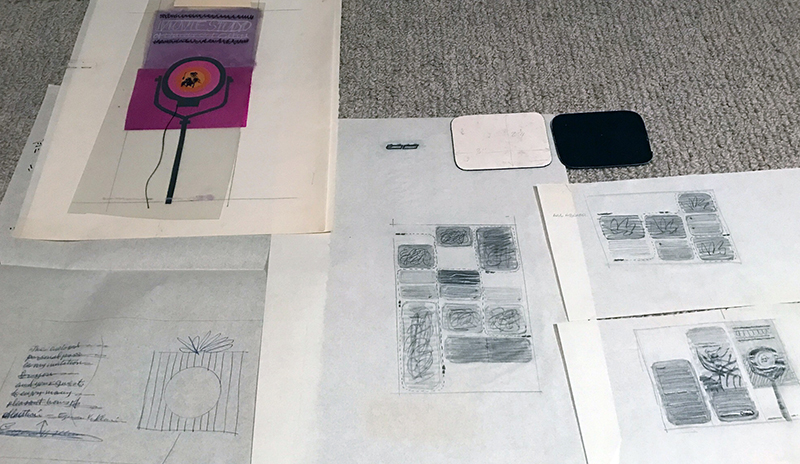
Sketches for Universal Studio Tour brochure, c.1959
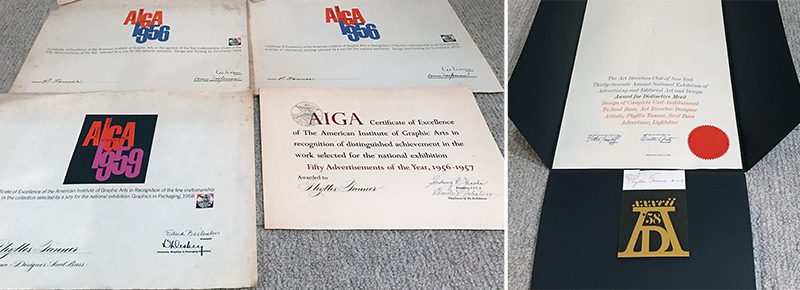
A small sample of the awards given to Phyllis Tanner in her careerr; AIGA 1956, AIGA 1959, Leo Lionni, 1956; AIGA Fifty Advertisements of the Year 1956-57, The Art Directors Club of New York, 1958

